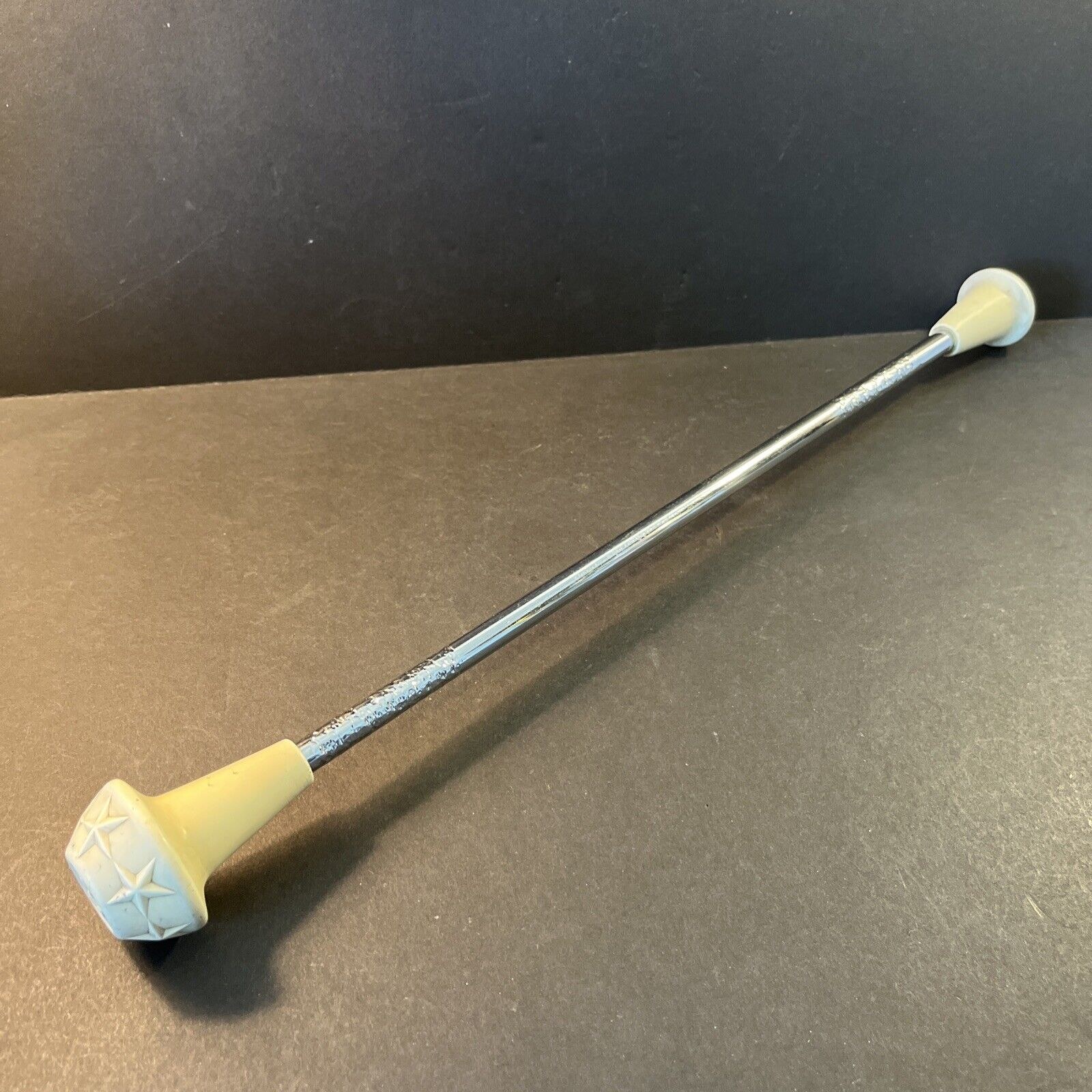The vintage twirling baton, a fascinating relic from the performance arts world, traces its roots back to the early 20th century. Originally crafted for military and ceremonial uses, it swiftly transitioned into a beloved element in the performing arts scene. By the 1920s and 1930s, twirling batons became a significant part of competitive marching bands and cheerleading squads in high schools and colleges across America. Made typically from wood or metal, their straightforward, effective design allowed performers to execute complex spins and movements with ease.

The Rise of Baton Twirling
Baton twirling introduced a dynamic visual flair to performances. They frequently graced parades, military drills, and halftime shows, providing a stage for performers to exhibit their impressive skills through precise spins and throws.
Mastering baton twirling demands a blend of athletic prowess and artistic finesse. Top performers displayed remarkable strength, timing, and choreographic skill. These routines were a seamless blend of grace and power, delivering spectacular shows that mesmerized audiences.